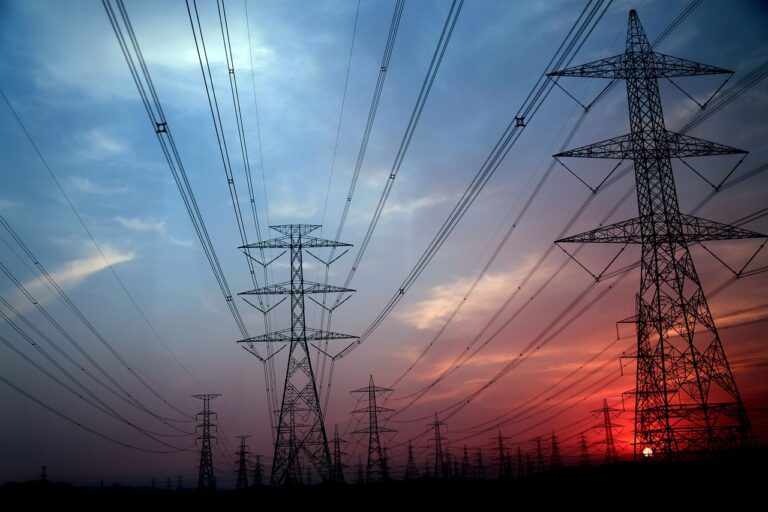Course Objectives
conduct safe HVAC switchyard operation
understand principles of systematic maintenance of various switchyard equipment of HVAC System
understand various aspects of Switchyard Maintenance
learn various condition-monitoring techniques
prepare switchyard Operating Procedures
understand the various testing methods
prepare Inspection, Testing, Maintenance and Condition Monitoring Schedule
contribute to the system reliability improvement
Here we have divided HVAC into two sections
- TRANSMISSION LINE
- Equipment of UHV Overhead Transmission Lines
- Towers
- Conductors and Ground Wires
- Insulators
- Fittings
- SUB-STATIONS-A sub station receives an electrical power system from the generating station via incoming transmission lines and delivers electrical power via the outgoing transmission lines.
Depending on the type of equipment used, the substations could be
. Outdoor type with air-insulated equipment
. Indoor type with air-insulated equipment
. Outdoor type with gas-insulated equipment
. Indoor type with gas-insulated equipment
. Mixed technology substations
. Mobile substations
There are four major types of electric substations based on the purpose they serve:
Generating Sub-Station
The facilities which connect the generators to the utility grid and also provide off-site power to the plant are known as Generating Sub-Station.
Customer substation
– These are the facilities that function as the main source of electric power supply for one particular business customer. The technical requirements and the business case for this type of facility depend highly on the customer’s requirements, more so than on utility needs.
Transmission Sub-station
–These are the facilities that involve the transfer of bulk power across the network and are referred to as grid substations. Some of these stations provide only switching facilities (no power transformers) whereas others perform voltage conversion as well. These large stations typically serve as the endpoints for transmission lines originating from generating switchyards and provide the electrical power for circuits that feed customer substations.
Since these system stations are strategic facilities and usually very expensive to construct and maintain, these substations will be one of the major focuses of future articles.
Distribution Sub-station
These are the most common facilities in power electric systems and provide the distribution circuits that directly supply most electric customers.
They are typically located close to the load centers, meaning that they are usually located in or near the neighborhoods that they supply.


